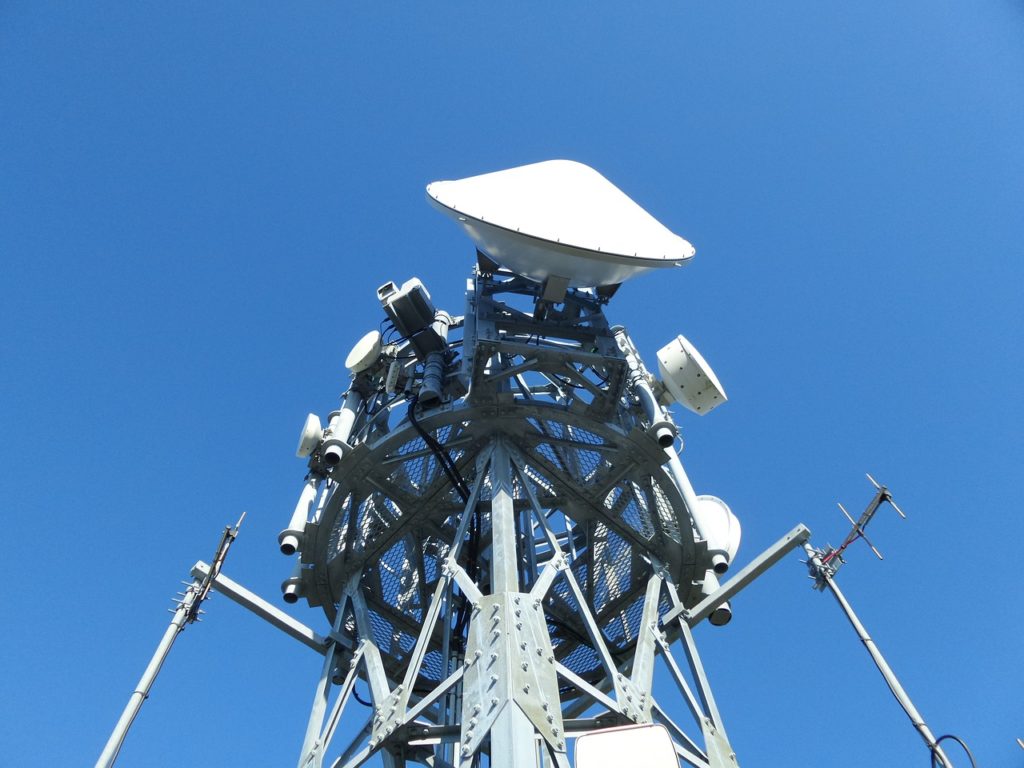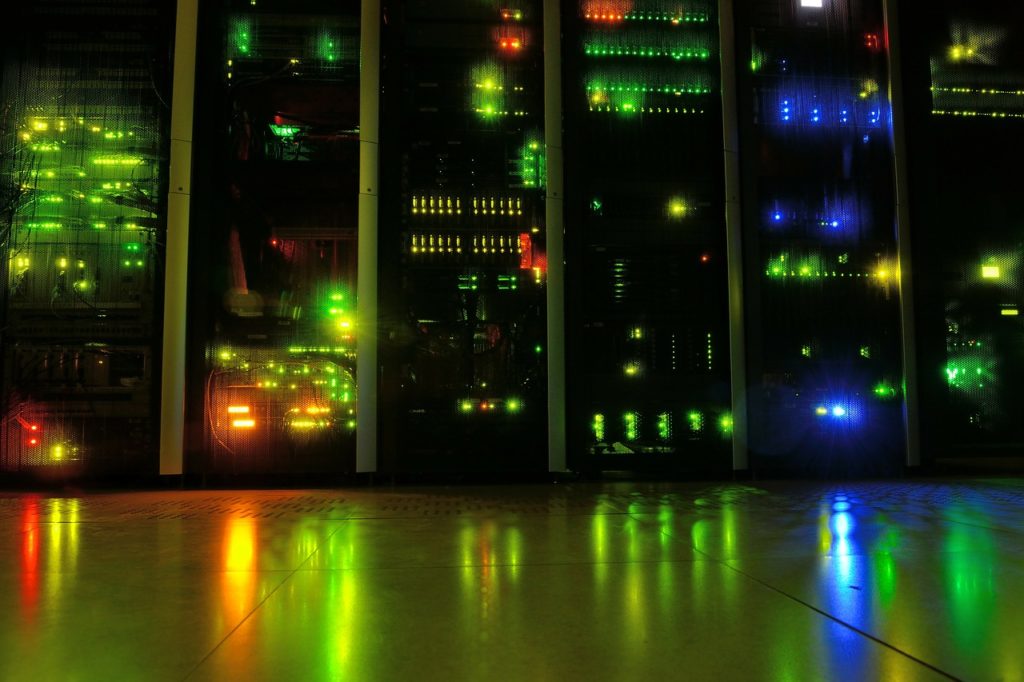Building telecommunications systems—the physical equipment that carries data like text messages and Facebook posts from device to device—is no easy task, as one might imagine. The development of telecom infrastructure is a complex, expensive, and time-consuming process.
A Brief Intro to Telecom Infrastructure
A telecommunications network can be broken down into three categories: access, backhaul, and core.
Access is the gateway for connection. Access equipment like cell phone signal towers and base stations are the tools that make it possible for a device such as a phone or computer to connect to the Internet.
Backhaul is the transmission portion of the network. Backhaul equipment includes technology like fiber-optic cables, which carry the signals from your device out onto the Internet.
The core network processes the transmitted signals once they “arrive” on the Internet. Technology in the core ensures that data gets to its final destination and that service providers can bill users accordingly.
This is an oversimplification of a complicated system, but it provides a general overview of the structure of a telecommunications network.

Facebook’s Disruption
With their Telecom Infra Project (TIP), Facebook is changing the way the telecom world looks at infrastructure. By finding more efficient ways to build the hardware that powers the Internet, the project hopes to streamline this jumble of interconnected parts that support global telecommunications.
TIP has brought together representatives from Facebook, Intel, Nokia, and other telecom companies in an effort to expand connectivity by making telecom infrastructure more affordable and accessible.
Open Source
A major foundational idea for TIP is to create new, open-source hardware and software for telecom networks. Facebook recognizes that revolutionizing this enormous industry is no small feat and will require the expertise and creativity of multiple people and companies.
Facebook is not the first company to construct their network technology in-house, but they are one of the first to provide free, public access to their designs while doing so. Facebook encourages other companies to provide input and help to improve their existing technology, rather than hiding it away for the sake of having a competitive edge. This allows them to advance their technologies more quickly and ultimately expedite the arrival of products on the market.
Making History with Voyager
In 2016, a group of ambitious Facebook engineers decided to try and build their own transponder. A transponder is a device that receives and transmits signals and thus falls into the backhaul category of telecom network infrastructure.
Six months after discussing this idea for the first time, the group of engineers unveiled a product called Voyager, which Facebook touts as “the industry’s first “white box” transponder and routing solution.” This was the first product to be created by TIP.
“White box” is a term used to describe a piece of equipment that is cheaper and more flexible than the kind sold by major brands. A “white box” computer, for example, refers to a computer assembled from individually purchased parts. The counter-term is “black box,” which refers to bundled hardware and software sold in packages.
Why Voyager Is Important
Expensive equipment is one of the major barriers to providing rural and developing countries with Internet connectivity. When telecom infrastructure is easier and quicker to build, it becomes more affordable for telecom operators to purchase. When telecom operators can afford to buy more of this equipment, they are more likely to extend their services further afield.
But it’s not as simple as just creating cheaper equipment. The Internet itself is growing every day. More people are adding more data—videos, photos, emails, texts—constantly. This means telecom operators must expand their existing infrastructure, while at the same time maintaining—or even reducing—the price they charge customers for accessing all of this data, in order to stay competitive.
In other words, not only does the telecom industry need to drive down equipment costs, but it also needs more powerful equipment, too.

OpenCellular
Voyager was the first TIP product to hit the market, but it’s certainly not the only project in the works for the organization.
Less than two years ago, around half of the world’s population (about 4 billion people) had no Internet connection, and around 10 percent of people lived in areas with no cellular connectivity. To improve these access statistics, TIP is working on OpenCellular, an open-source wireless access platform meant to improve connectivity in rural and developing regions.
OpenCellular includes two subsystems: general-baseband computing (GBC) and radio with integrated front end. It can be used as an access point for many different types of wireless networks, allowing for extensive customization. The system is currently undergoing testing by Facebook and other partners.
Fiber-Optic Cables
Another Facebook effort to improve telecom infrastructure involves laying fiber-optic cables around the globe. The company has teamed up with Airtel and BCS to place 500 miles of cable in Uganda. The project could bring Internet connectivity to as many as 3 million people.
Facebook is also working with Google to lay the Pacific Light Cable Network (PLCN) between North America and Asia. The project promises to speed Internet traffic between the two continents. At about 8,000 miles, the PLCN will be the world’s longest undersea cable when it is finished in 2018.
A Variety of Projects
Voyager, OpenCellular, and the fiber-optic cable projects are just some examples of the ways that Facebook is increasingly injecting itself into telecom infrastructure. Across all three categories, the company is making dramatic changes that will influence the telecom industry.

